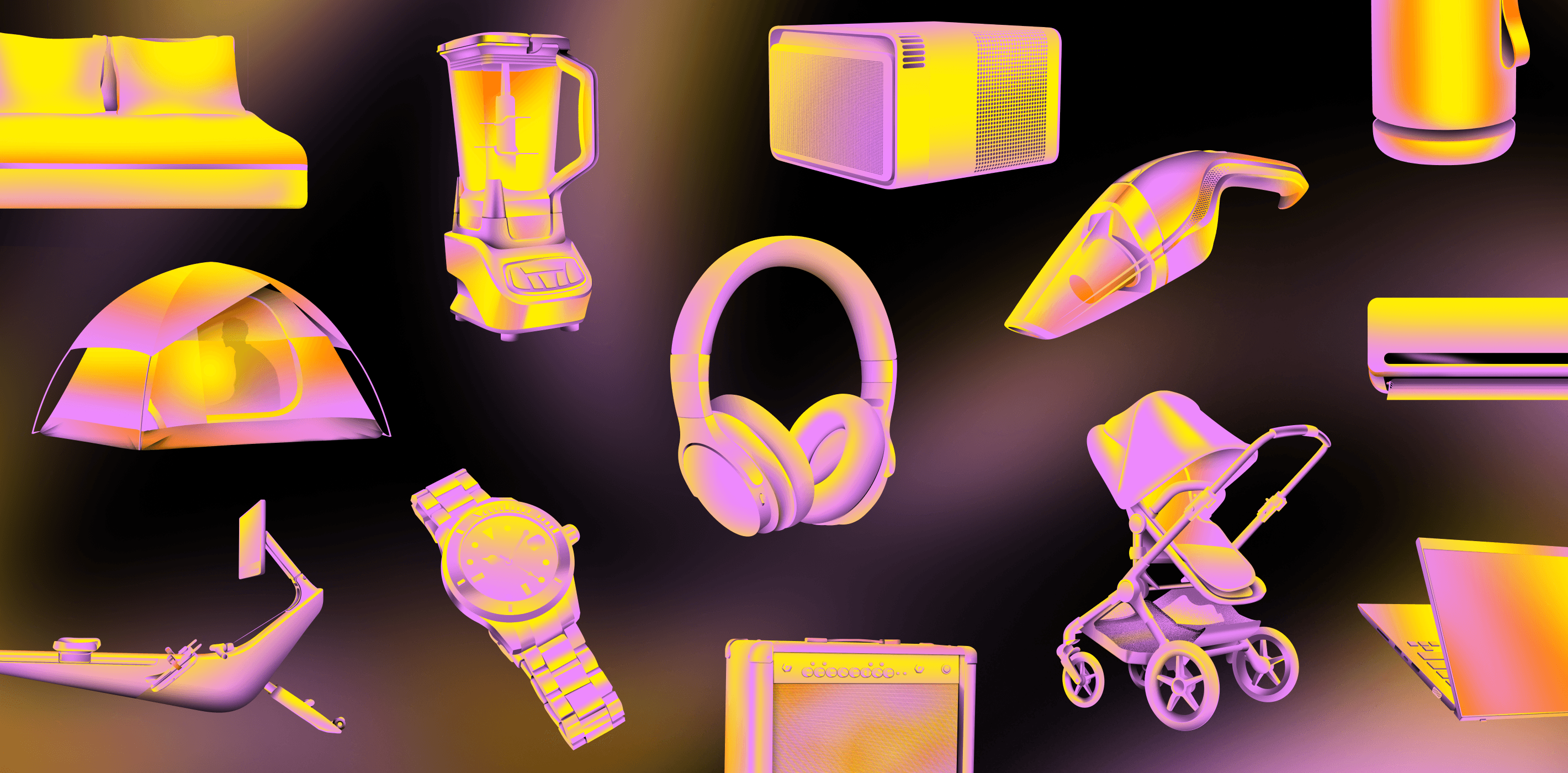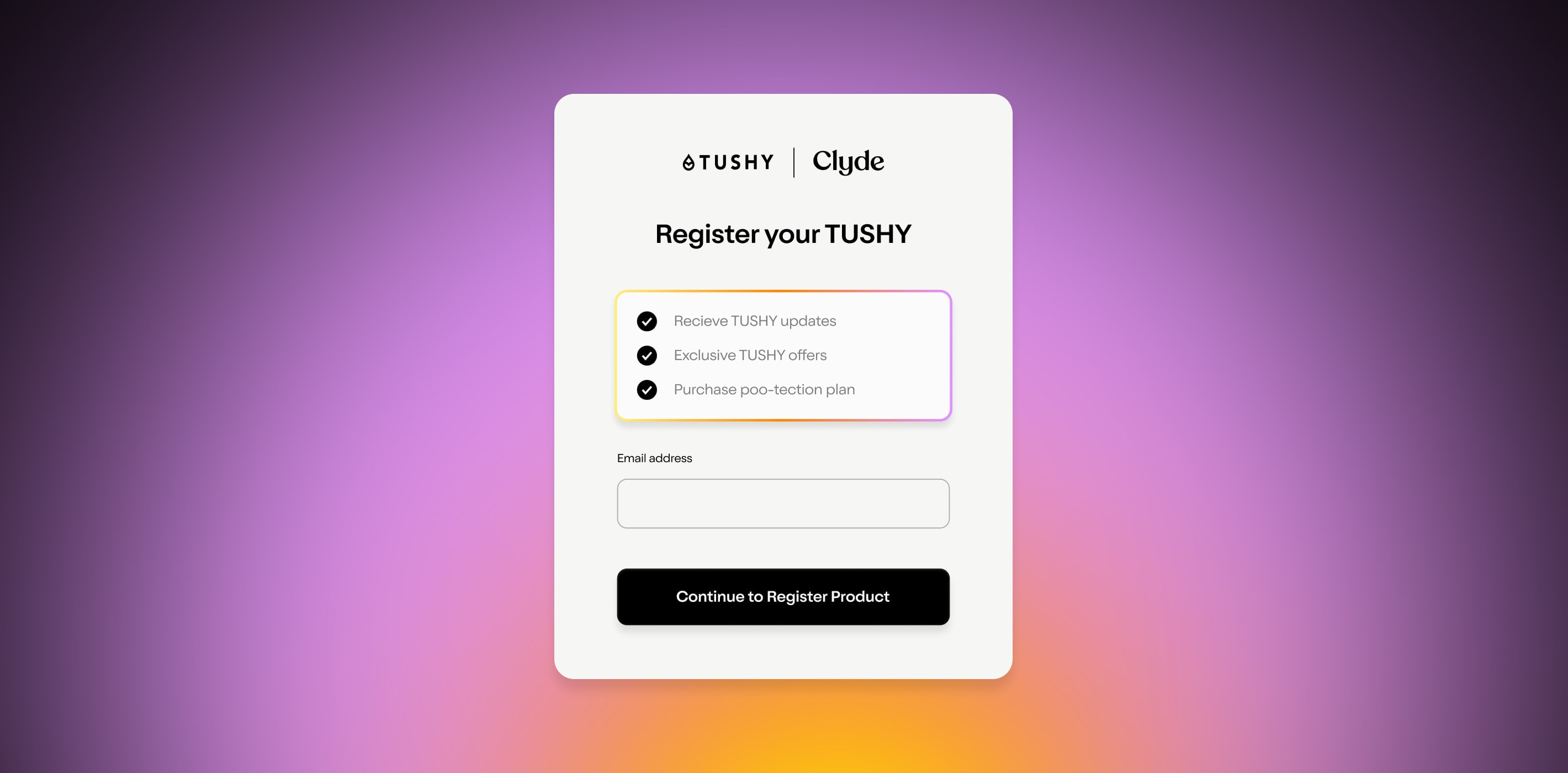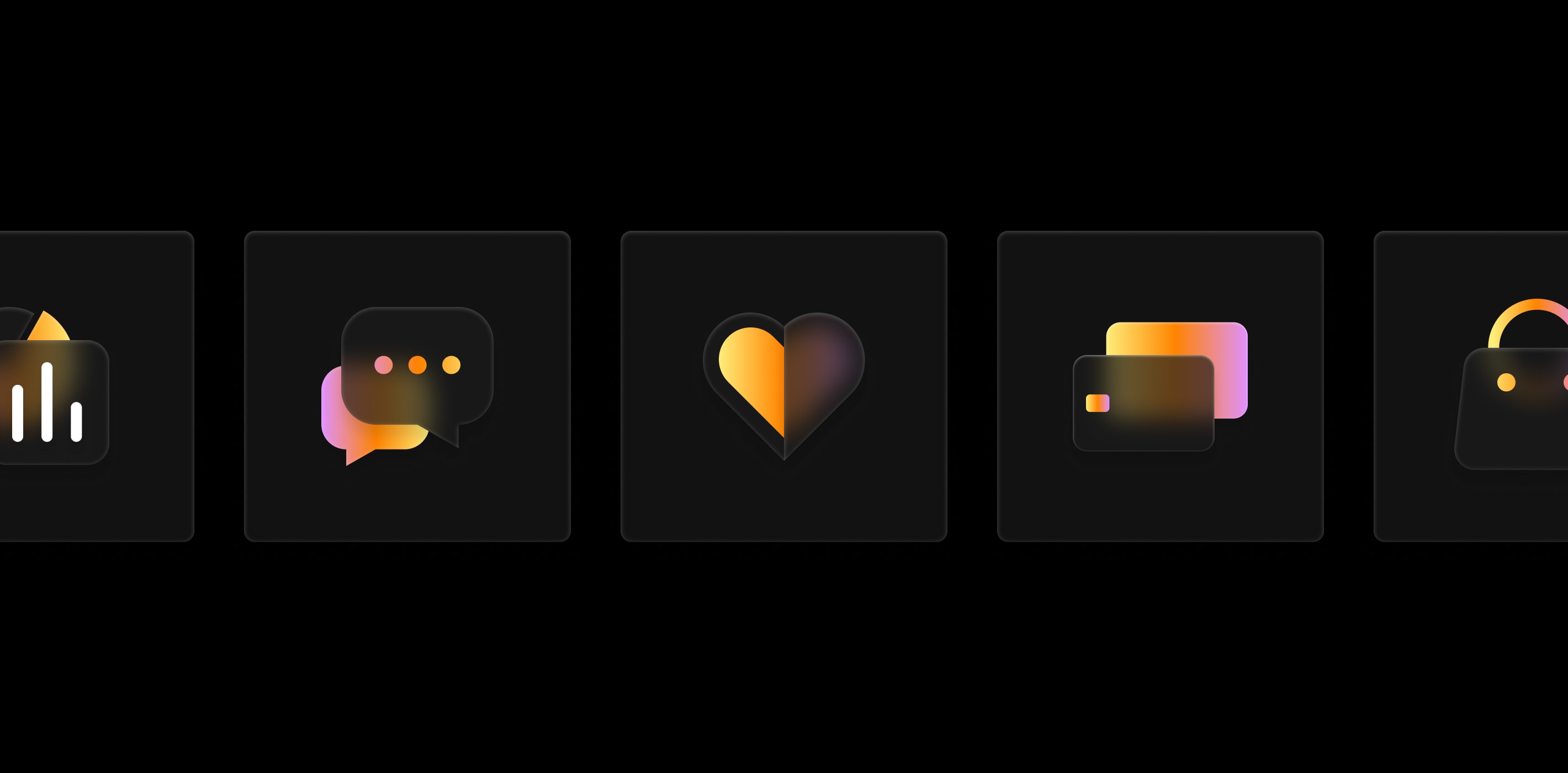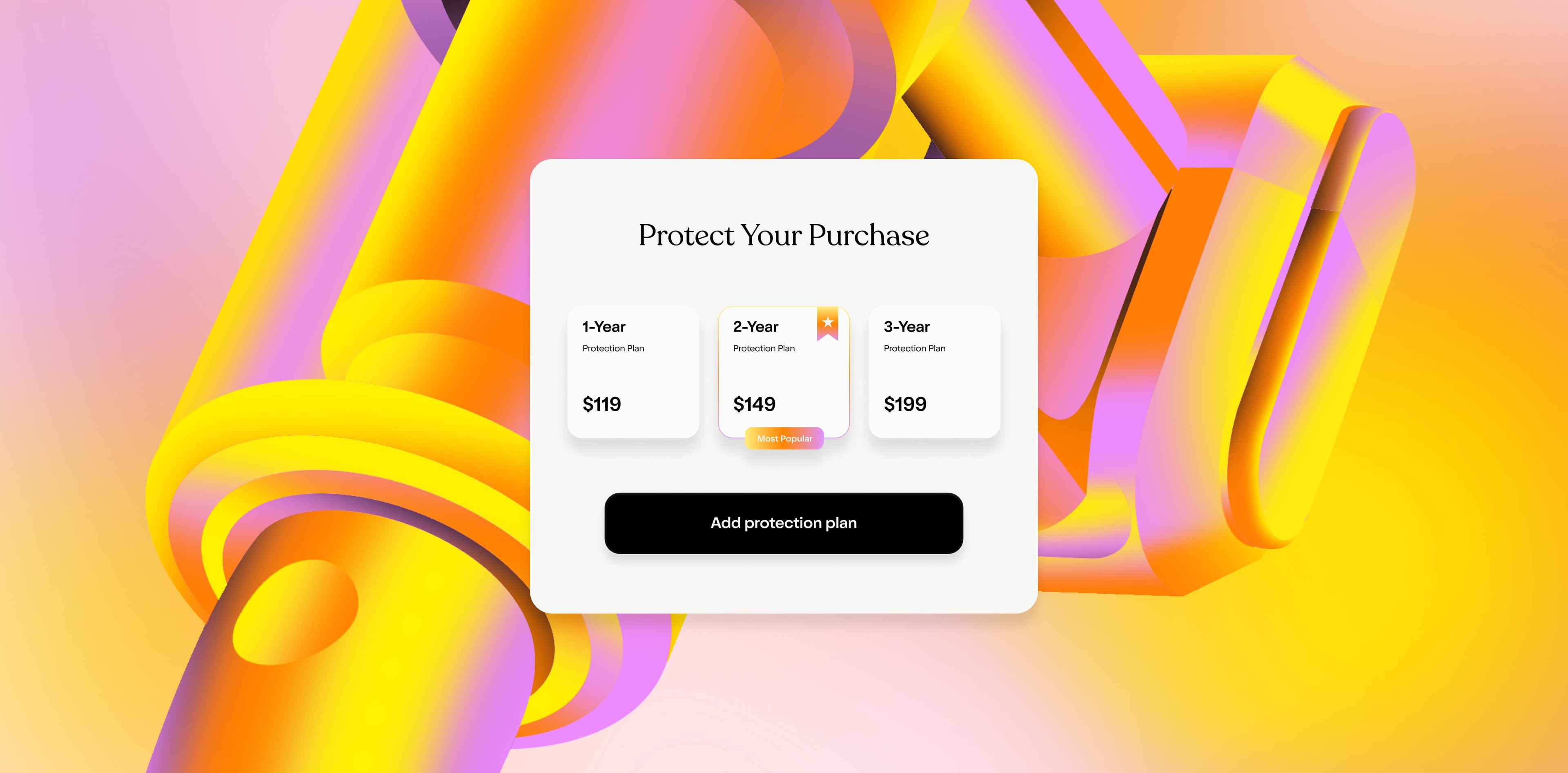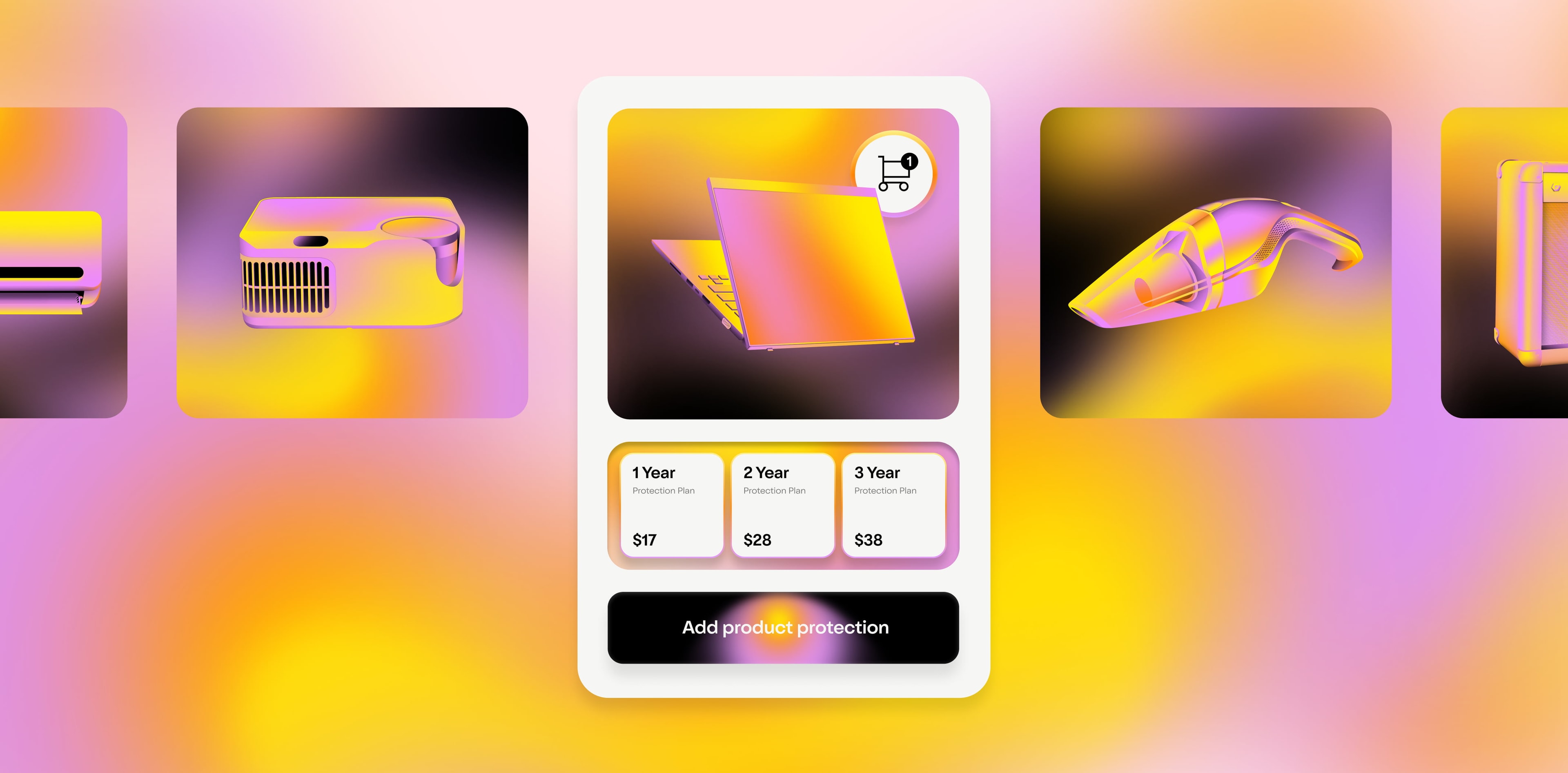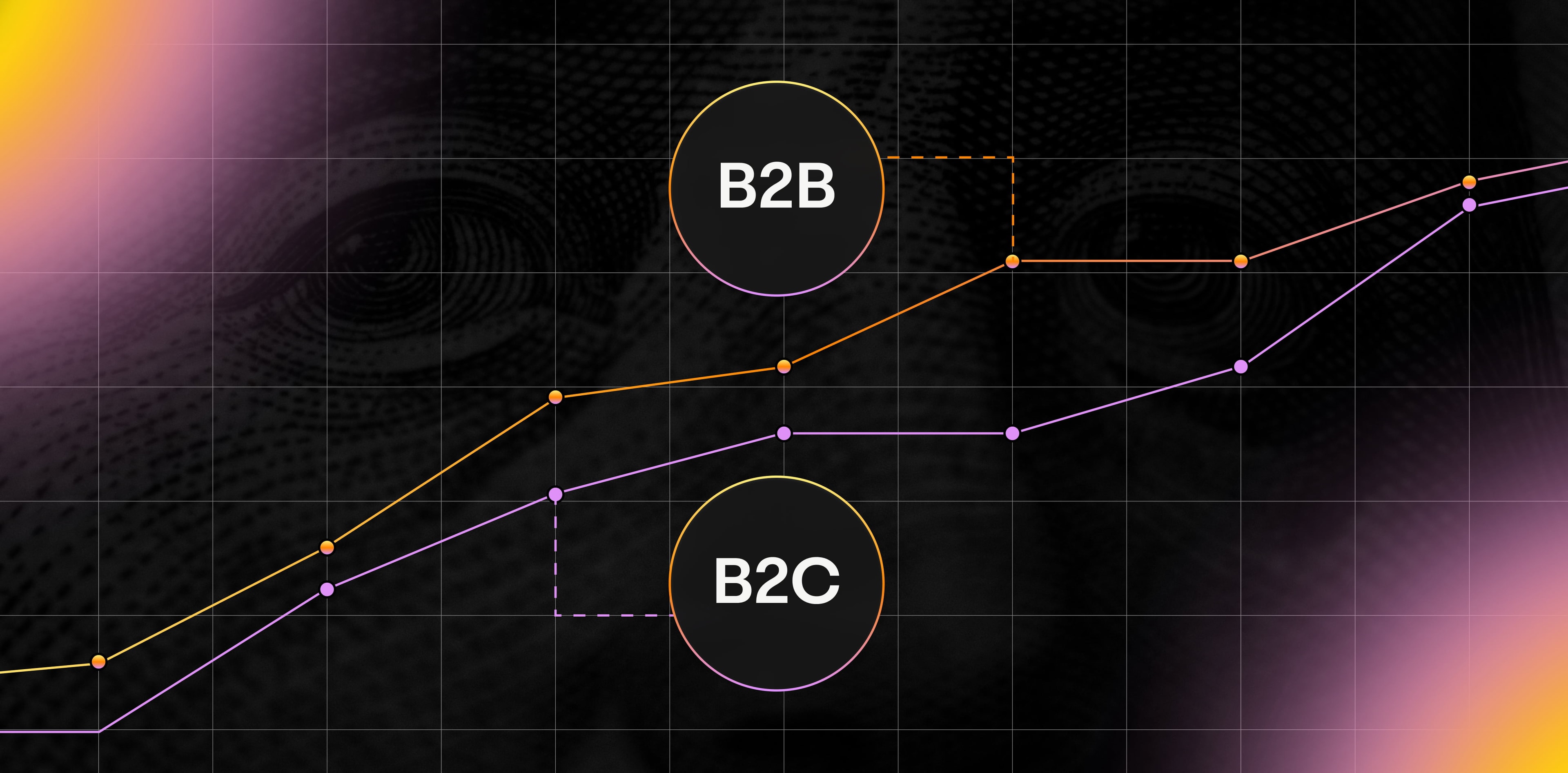Anyone feeling a little deja vu?
It’s 2022, not 2021, but the pandemic still isn’t over. Dozens of industries, from retail to travel, haven’t made a full return. Last year, eComm thrived—breaking records along the way—but not without facing its own challenges, including backed-up supply chains. And just like Rome, supply chains can’t be built in a day, so that problem will persist into 2022.
But it’s not all Groundhog Day. New technology, new strategies, and new ways to win out over the ever-increasing competition are here, and we’ve been studying them.
In what is now an annual tradition, we’re sharing our 4 top eCommerce trends for 2022:
Trend 1: AI-powered personalization is here to stay
Trend 2: Visual commerce will take over
Trend 3: Frictionless payment will be the new norm
Trend 4: Successful eComm will mean mastering logistics
Take note—we were on the money when it came to the 6 trends we explored in our 2021 report !
Trend 1: AI-powered personalization is here to stay
Customers don’t want to be shouted at. They want to be talked to gently with a message that’s been prepared just for them. According to a 2020 Forrester report , 38% of customers would provide more personal information if it got them faster, easier experiences when buying.
And done well, personalization can lead to brand advocates and repeat customers: 68% of buyers would sign up for a loyalty program from a brand that offered personalized shopping experience.
But historically, personalization at scale has been hard. Hiring dozens of CX specialists to run surveys and focus groups and "customer delight" programs is expensive.
Through a new wave of AI-enabled tools, personalization has become casual, consistent, and cheap.
That’s especially important after Apple’s data privacy rules changed in 2021. Brands now need to collect data directly from their customers in order to market to them, and AI can help with that.
Consider these ways we’re already seeing AI-powered personalization:
Automatic product recommendations, email triggers, urgency messaging, and predictive targeting driven by user behavior and enabled by data platforms like Dynamic Yield (an AI-driven platform owned by McDonald’s that MasterCard just announced their intent to acquire —which helps prove our point that the future of commerce is online)
Content optimization tools that direct traffic to the best-performing versions of your web pages, like the tools that Hubspot offers.
Natural language chatbots that qualify and nurture leads, passing off detailed data to marketing or sales teams to follow up on with customized email flows or outreach, like the kind that Intercom provides.
What does this trend mean for retailers?
Two things. First, if you don’t already use AI tools (like chatbots, conversion testing, and recommendation widgets), it’s time to start.
And second, it might be time to say goodbye to the buyer persona. If you can gather specific, actionable data on your real customers, and build models of their future motivation and behavior from that, what’s the point of making it all up?
Trend 2: Visual commerce will take over
When you buy something online, are you more focused on looking at photos of the product or reading the text about it?
Don’t answer that: researchers already have. A 2020 study found that image-based information influences consumers’ purchase decisions more for “search goods,” or things they’re looking to confirm the characteristics of, like size, color, and shape. Text-based information still reigns supreme for “experience goods,” or when customers want to know what other buyers thought of a product upon consumption.
Most importantly, the study found that when there is congruence between products’ image-based and text-based information, customers are more likely to purchase.
You’ll see that in modern product pages. It’s no longer sufficient to list out a few product characteristics and throw up a stock photo. Brands that sell well online are creating a holistic—and deeply congruent—view of their products, utilizing product photos, videos, user-generated content (both visual and written), and text to convert buyers.
It’s called visual commerce, or the practice of using compelling visual content and augmented reality to highlight their products and enhance customer experience.
Now, the mark of a great product page is one that has at least 2-3 of the following:
High-quality editorial photos
Dynamic images like videos or gifs that show products in movement or use
Buyer-submitted photos and videos
Product copy optimized for search
Text reviews and star ratings
Nordstrom’s product page for these running shoes includes several different photos, a video from a Nordstrom stylist handling and explaining the product.
Nordstrom also includes interactive, user-generated content in the form of style boards that link the shoes to other purchasable products, as suggested by peers.
What does this trend mean for retailers?
To stand out amongst the onslaught of online content, retailers need to employ videos, high-quality photos, and even augmented reality to bring their products to life online.
Augmented reality (AR) is especially promising for beauty and fashion brands. A 2022 report from AR company Perfect Corp shared that Estée Lauder had a 2.5x higher conversion rate after introducing its Virtual Try On tool for lipstick.
Trend 3: Frictionless payment will be the new norm
Frictionless eCommerce describes an online buying journey that’s simple and quick. If having to create an account and manually typing in your credit card number is friction-full, being able to purchase something with one click is its opposite.
And in 2022, those one-click options will expand beyond simple credit card transactions into a variety of payment options.
Stores and public transit systems already have them. You can now wave your phone in front of a checkout counter or subway gate and immediately pay for your goods or services.
Bringing that frictionless experience online requires three things, says Hubspot :
Ensuring a fast checkout, with minimal steps
Simplifying cognitive load by not asking the customer to do extra steps, like remembering a pin code
Integrating checkout with strong UX by including visual elements like a progress bar
And examples of frictionless payment options making gains in 2022 include:
Buy online, pick up in-store: This option, available to omnichannel retailers, lets buyers get their items quickly, while reducing shipping costs and delays
Buy now, pay later: BNPL providers like Afterpay, Klarna, Affirm, and Splitit let customers spread out payments on a purchase, driving up their AOV and freeing up their credit
Crypto wallets: most eComm platforms can use plug-ins (like Coinbase or GoCoin on Shopify and BitPay on Magenta) to accept Bitcoin (BTC) or other cryptocurrencies—which may be attractive to the 16% of Americans, per Pew , who own or trade crypto
Digital wallets: retailers that offer Apple Pay, Google Pay, and Samsung Pay integrations appeal to mobile shoppers who are used to being able to purchase with a simple double click
What does this trend mean for retailers?
If the only choice your checkout field offers is between Visa and Mastercard, it’s time to reevaluate things.
When’s the last time you bought something online? What did you see as payment options at checkout? What are your favorite brands (or your not-so-favorite competitors) offering?
Look at these three examples for inspiration:
1. Nike offers four options: traditional credit or debit, PayPal, Klarna, or Google Pay
2. Acne Studios also offers Alipay, a payment platform popular in China
3. And Shinola offers a traditional checkout, with credit / debit / BNPL options, or lets customers check out directly via PayPal or Amazon’s user interfaces
Trend 4: Successful eComm will mean mastering logistics
This trend is a multi-parter. The headline is that eCommerce companies spent a lot of money and a lot of time dealing with increasing logistics costs last year, thanks to backed-up supply chains and heightened customer expectations.
We expect to see several trends in how they handle it: offering apps aimed at combating logistical issues, acquiring or building their own supply chains, and increasing transparency with end customers.
Relying on logistics apps
Have you heard of BlackCart ? The Canadian startup just raised a $8.8M series A for their “try on, pay later” platform that allows shoppers to choose items to be sent to their homes, where they can try them on before deciding what to buy.
The option integrates with product pages, and is already used by big DTC brands like Caraway.
BlackCart is a solution to a very common and very unsexy cost eCommerce sellers have to bear: high return rates, particularly in niches like fashion where buyers might make big purchases with the intent to return most products.
Returns made up more than 10% of all retail sales in 2020, per the National Retail Federation , having doubled from 2019.
“Try on, pay later” is just one of many apps focused on specific logistics problems that we expect to see take off in 2022.
Building their own supply chains
It is a fact of life that supply chains are still a mess—and it's not the only issue driving prices higher.
As the CEO of a freight brokerage company noted to Logistics Management , transportation costs are up 30%, and inflation is up 6%, and that is a big markup to have to pass on to your customers.
To address that problem, we expect to see more companies attempt to cut costs and streamline operations by bringing their supply chain in-house or onshore.
Major manufacturers are doing so, with Samsung building a $17 billion semiconductor plant in Texas, as reported by the New York Times .
But it’s not just about factories owned by the biggest players in the game—it’s also about shipping, handling, and fulfillment, and about smaller retailers realizing they need more control over their supply chains, too.
As Insider reported:
In 2020, Costco bought Innovel, a last-mile delivery company specializing in bulky deliveries like furniture
In 2021, American Eagle Outfitters bought two delivery and fulfillment companies: AirTerra and Quiet Logistics
In 2021, Ashley Furniture bought west coast trucking company Wilson Logistics
We expect to see a 2022 full of more acquisitions, investments, and strategic planning to give eComm sellers more control of their supply chains.
Increasing transparency
Ah, the Ever Given . Remember when the container ship got stuck and dominated news coverage for at least a week?
Even if you missed coverage of the supply chain crisis—like this explainer from the folks at Vox—it was impossible to miss the memes and jokes.
But those only go so far. Retailers recognized that they needed to educate their customers about the slowdowns they were facing in producing and shipping goods. As Glossy reported, retailers started the 2021 holiday shopping season by proactively communicating with their customers about the delays.
We expect to see more of the same in 2022.
Everlane is well-known for their focus on transparency. Currently, their website displays a banner flagging shipping delays.
What does this trend mean for retailers?
Anyone selling physical things (not looking at you, NFTs!) needs to understand how their products get made and what the costs are each step of the way.
You may not be able to entirely "onshore" your production, but you could potentially reduce return costs with better sizing guidelines and try-on-pay-later options.
Along the way, make sure you communicate what’s going on with your shipping timelines. Remember that transactional emails get some of the highest open rates of all—think 75% vs 21%, as we explored in this whitepaper —and use them to your advantage.
Summary
eComm had a growth spurt the last two years. Companies that want to hang on to that market share and continue to shape their customer experience for the better will be investing in 2022’s top 4 eComm trends:
Trend 1: AI-powered personalization
Trend 2: Visual commerce
Trend 3: Frictionless payment
Trend 4: Logistics mastery, utilizing apps, owned supply chains, and more transparency
And we’ll be here, supporting them and reporting on them.
See you in the metaverse, folks.
SIGN UP FOR OUR NEWSLETTER





